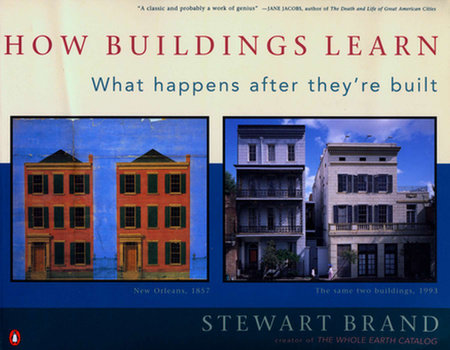We started this site many years ago (I'm honestly afraid to even see how many years), after an online discussion about how teenage boys seemed less willing to browse for books they wanted than teenage girls. (The argument being that if the guys had more easy to find recommendations, they would read more but when they didn't know how to find books on subjects they liked, they just gave up looking.)
So that was what we set out to do (as evident from the site's name): recommend some books that we thought teenage boys would like. This often meant books from a boy POV, or graphic novels that might lure in reluctant readers, or nonfiction that might appeal to specific audiences that don't read a lot but like certain subjects. What all of these books had in common is that one of our many contributors thought it was a good book and deserved some more attention from readers who would probably love it if they knew about it. We certainly hope that all kinds of kids and teens (boys and girls) have picked up a book because of something we posted here.
Beyond that, we also supported several schools and organizations devoted to getting books into the hands of kids who needed them via underfunded library shelves. Cumulatively, over 10,000 books have been bought & shipped due to our efforts. Most recently, for Ballou Sr High School in Washington DC, over 200 books were bought off their wish list by our readers and sent their way at the end of 2017.
Support for the Annual Book Fair for Ballou will continue, as I take those posts over to my site, Chasing Ray, and continue to host the book fair there. Please follow me on twitter, (@chasingray), for updates on that effort.
Personally, Sarah Stevenson & I would like to thank everyone who was with us on this ride. We are both writing much more heavily now on our own projects and bring an end to GLW with a heavy but grateful heart. Simply put, it is time. All of us at the site are confident however that we accomplished far more here than we ever thought possible. The archives will remain live and there are a ton of great book recommendations to peruse; be sure to check them out.
Sincerely,
Colleen Mondor & Sarah Stevenson
January, 2018









